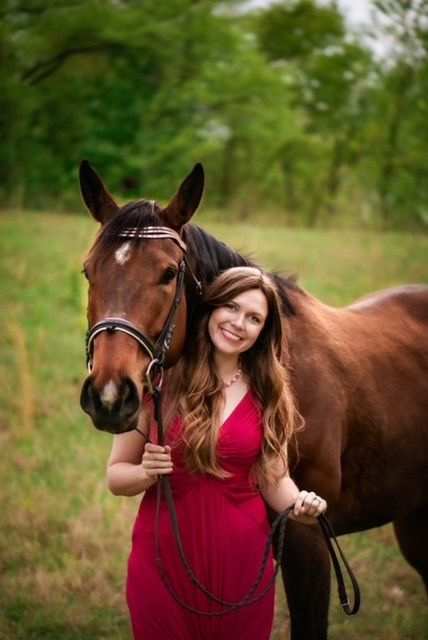Important Horse Blanketing Basics


Seasonal change is also horse blanket time
Since last winter, have you A) Purchased or adopted a new horse, B) Had a young horse mature, or an adult horse gain or lose weight/muscle, or C) Had a wily posse of mice turn your horse’s blanket into a snack?
If you answered “yes” to any of these, it’s time to order a new blanket for your horse. Here are the basics you need to know.
Measuring for a blanket
When measuring your horse, start from the center of their chest and measure around the widest part of the shoulder, along the barrel and around the widest part of the hindquarter to the center of the tail. Keep your line horizontal to the ground. Their blanket measurement will be the same as the number of inches measured. If the exact number of inches is not available to select from, size up to the nearest measurement.
When your blanket arrives, do a quick double-check to make sure it fits your horse properly—just like our clothing, different brands may run slightly different. Look to see that the fastened chest straps overlap slightly and fit snug but not too tightly. Surcingles should fit loosely, with about four fingers width between their stomach and the straps. There should be only one hand’s width between each leg strap on your horse’s thighs.
The end of the blanket should stop just above where the tail starts. Finally, the fabric shouldn’t be pulling tightly against your horse’s shoulders, nor the blanket hang too low.
Terminology to know
Just as you have clothing for different seasons and weather elements, same goes for horse blankets, allowing you to suit up your horse to the day’s weather. Familiarize yourself with these common blanketing terms:
Sheets or Blankets
- A horse sheet is lightweight and perfect for those mild winter days. They have no fill.
- A horse blanket offers fill—insulation sewn into the blanket to add warmth.
Turnout or Stable
- Turnout sheets and turnout blankets are simply intended for horses at turnout. Many may feature waterproof material, a shoulder gusset for freedom of movement in the field, and greater coverage from top to bottom.
- Stable sheets and stable blankets keep stabled horses warm and sleek; they are not usually made from waterproof material. Another noticeable difference in design is the absence of a shoulder gusset, which is essential for horses to move more freely during turnout and less critical to horses that are mostly stalled when blanketed.
Denier and Fill
- Denier represents the durability of a horse blanket or sheet by measuring nylon fiber density on the outer material of horse blankets. Denier ranges from 70 to 2400D. Fill is padding that adds an extra layer of warmth to your horse’s blanket.
With both denier and fill, the higher the number, the tougher or warmer the blanket’s material will be.
When Does your horse need what?
Always take into account your horse’s age, body condition, and coat thickness. Additionally, horses across the country experience a variety of climates, weather conditions, and stabling environments. Below is a basic guideline to follow to dress your horse for the weather, but keep in mind any particulars that could influence what your horse, as a unique individual, needs.
Weather Conditions
Grams of Fill
50-60°
Sheet (0g)
40-50°
Light blanket (100g)
30-40°
Light or medium blanket (150 to 250g)
20-30°
Medium or heavy blanket (200 to 300g)
Below 20°
Heavy blanket (300 to 400g)
Horse blanket care
Keep blankets off the ground, away from opportunistic rodents, with either a blanket rack or kept inside of a blanket storage bag. Wash your blankets as needed with these three steps:
- Pre-wash using a stiff brush to remove excess horse hair, mud and dirt. Hose off blanket, and hang to dry.
- Wash using a horse blanket detergent.
- Dry the blanket by hanging it in a shady area to avoid color deterioration of the material.
Always follow manufacturer’s cleaning instructions for best results.
Tags:Horse Sense

Acreage Life is part of the Catalyst Communications Network publication family.














